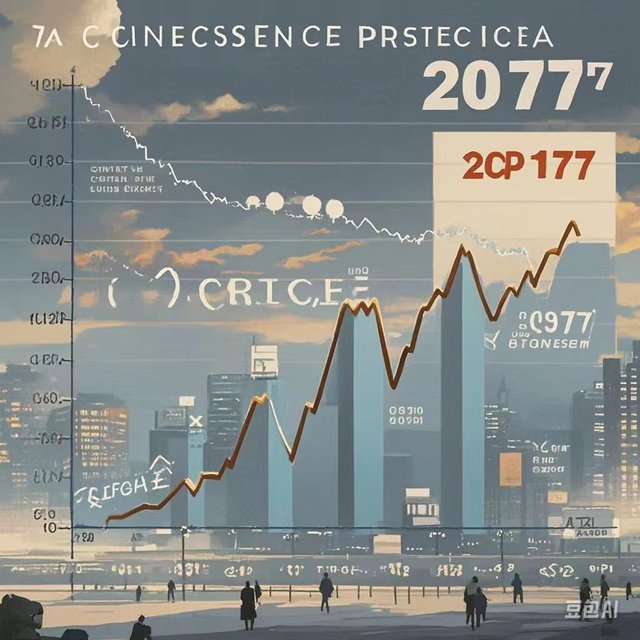In the long history of the economy, the trend of CPI (Consumer Price Index) in the 1970s is like a mountain full of warnings and thoughts. If today's CPI follows the pattern of the 1970s, it will have a profound impact on our economy and life.
The 1970s was an era overshadowed by high inflation. At that time, the oil crisis, like an invisible hand, pushed up energy prices severely. This impact was like throwing a huge rock into a calm lake, and the ripples spread rapidly to all fields of the economy. If CPI follows the same path, we will first see a sharp increase in prices. From daily food, clothing to housing, transportation and other aspects, the numbers on the price tags will keep rising like the readings on a thermometer in hot weather. When people go shopping in the supermarket, they will feel more and more pressure on their wallets, and they may need to carefully weigh before putting the daily necessities that they could easily buy into the shopping basket.
For enterprises, costs will rise like a tide. The soaring prices of raw materials will compress the profit margins, especially for industries that are highly dependent on energy and raw materials, such as manufacturing and transportation. This may force enterprises to raise product prices. In a competitive market environment, this is a double - edged sword. On the one hand, the increase in prices may cause enterprises to lose some price - sensitive consumers; on the other hand, if they do not raise prices, the survival of enterprises will face a severe challenge. In this case, enterprises' investment decisions will become more cautious, and expansion plans may be postponed, thus having a negative impact on economic growth.
In the financial field, the interest rate environment under high inflation will become extremely complex. According to the pattern of the 1970s, interest rates will rise significantly to combat inflation. For borrowers, this means a significant increase in borrowing costs. Whether it is an individual's housing loan or an enterprise's commercial loan, they need to bear higher interest expenses. For savers, although the increase in interest rates seems to be a good thing on the surface, in fact, high inflation may erode the real value of savings, making people's hard - earned wealth shrink unconsciously.
From the macroeconomic perspective, economic growth may fall into difficulties. The combination of high inflation and high interest rates will restrain consumption and investment, thus gradually weakening the driving force for economic growth. The unemployment rate may rise accordingly, because enterprises will reduce recruitment or even lay off employees under the double pressure of rising costs and decreasing demand. Social instability factors may also increase as a result, and people's concerns about the economic outlook will be reflected in various aspects, from consumption behavior to social mentality.
However, history will not simply repeat itself. Although we can learn lessons from the CPI pattern of the 1970s, the current economic environment has changed a lot compared with that at that time. The in - depth development of globalization has made resource allocation more efficient, and the progress of science and technology has also provided more possibilities for improving production efficiency. But this does not mean that we can ignore the risks brought by high inflation. Governments and central banks need to pay closer attention to economic indicators and flexibly use monetary policy and fiscal policy tools to stabilize prices and avoid the CPI from getting out of control as in the 1970s.

